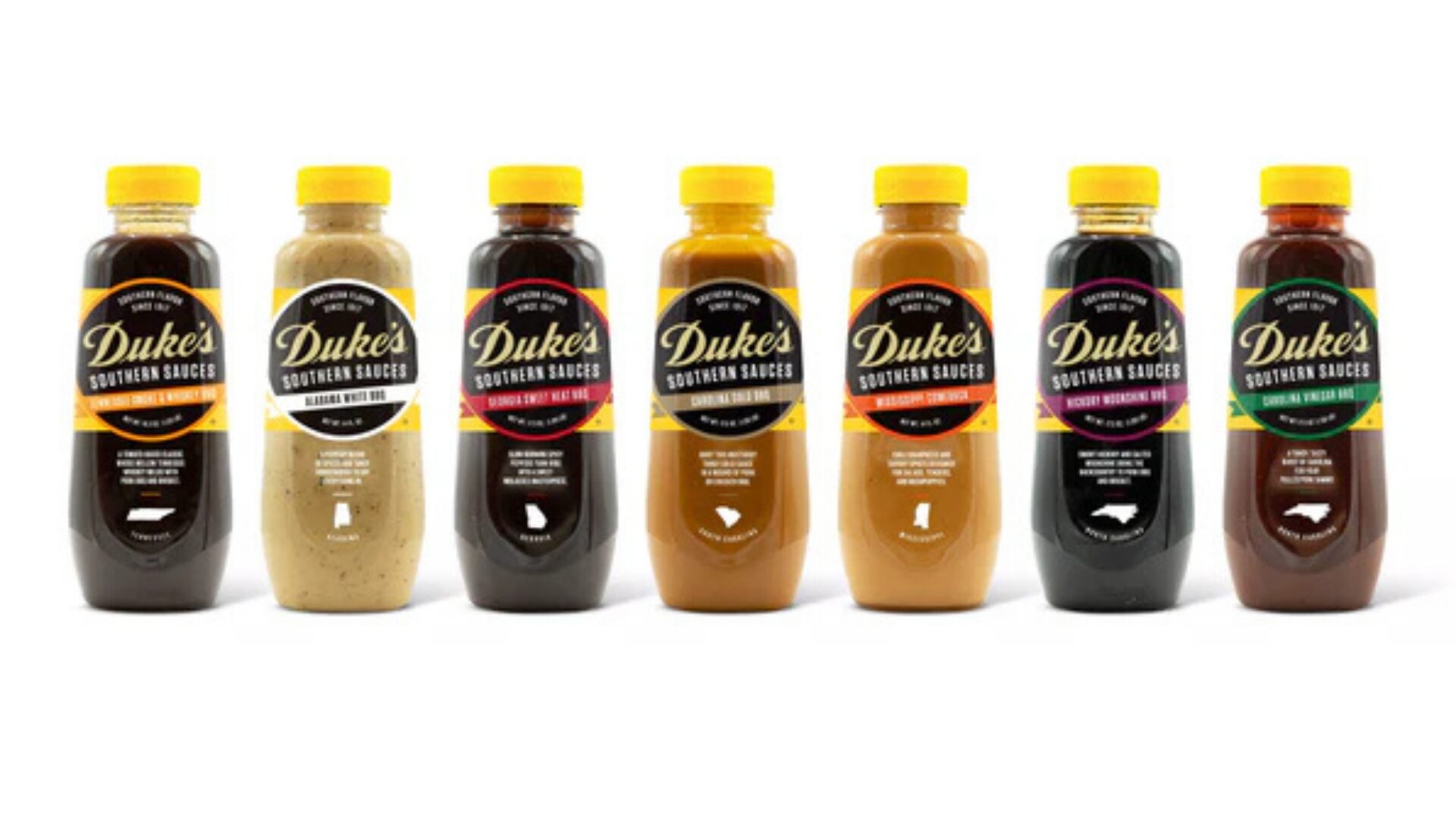The pain of high food prices is especially acute in some major metropolitan areas, with August 2021 to August 2022 seeing the largest annual increase since the 1980s, a U.S. Government Accountability Office report found.
Nationally, prices were up an average 11%, but were urban food prices much higher in Detroit (14.49%), Dallas-Fort Worth (14.03%), Philadelphia (13.63%), Houston (12.57%), and Minneapolis-St. Paul (12.52%).
“Several factors, such as supply chain disruptions and labor shortages, are usually the culprits contributing to high food prices,” Eran Mizrahi, CEO of Ingredient Brothers, told The Food Institute. “Poor large cities such as Detroit often bear the brunt because they’re far from manufacturing points. So, transportation costs are the main culprit in this case.”
UNDERRATED FACTORS
Factor in higher wages and other cost-of-living factors, and “the costs of goods and services are higher” in big cities, noted Jeb Smith, a San Francisco-based business consultant. “Additionally, these areas are often more densely populated, which can lead to higher demand for groceries and higher prices.”
“Finally, these areas often have less competition among grocery stores, which can lead to higher prices.”
The GAO report noted low-income consumers spend an average 30% of their total income on food, making sharp increases in urban food prices that much more painful for that segment of the population.
COMPARING HISTORICAL FIGURES
The report noted food prices increased an average 2% from 2013 to 2022, with decreases reported in 2016 and 2017, and the sharp increase in the year ending in August 2022 can be attributed in part to long-standing challenges. Supply chain issues and the Russia-Ukraine war also played a role.
And though federal agencies can take some actions to ease the impact – such as investing in the supply chain, providing technical assistance and guidance, researching and sharing information and setting policy and regulations – they have no direct role in controlling prices, GAO said.
Between 2013 and 2022, grocery prices generally rose by less than restaurant meals. The situation reversed in the most recent period, with grocery prices increasing 11% and restaurant meals going up 8%. Increases were driven by prices for cereal and bakery products, which increased 13%. Fruits and vegetables were up 9%.
POSITIVE SIGNS
“According to experts we interviewed, agency officials and agency documentation, it is difficult to determine the effect of any one factor on retail food prices for several reasons,” GAO said, citing factors occurring simultaneously, the number of steps involved in processing and retail pricing strategies.
By March, the rapid rise eased markedly, with food price up an average 8.4% year-over-year, the Bureau of Labor Statistics reported. The overall inflation rate eased to 5%, compared to 8.3% last August.
Inflation in general always impacts urban food prices. Basic food items, adjusted for inflation, are actually cheaper than they were right after World War II. Adjusting for inflation, prices should be 12.2 times higher than they were in the early post-war years. That would make the price of a gallon of milk, which sold for less than $1, more than $10, more than double the current average cost.
The Food Institute Podcast
Click the play button above to listen to the episode.
How do you measure the financial efficiency of a fan-driven food business? Dr. James Richardson, owner of Premium Growth Solutions and author of Ramping Your Brand, joins The Food Institute Podcast to define these types of businesses and how they can succeed. Dr. Richardson pulls on historical and recent examples of these types of businesses, and what common threads contribute to their success.












